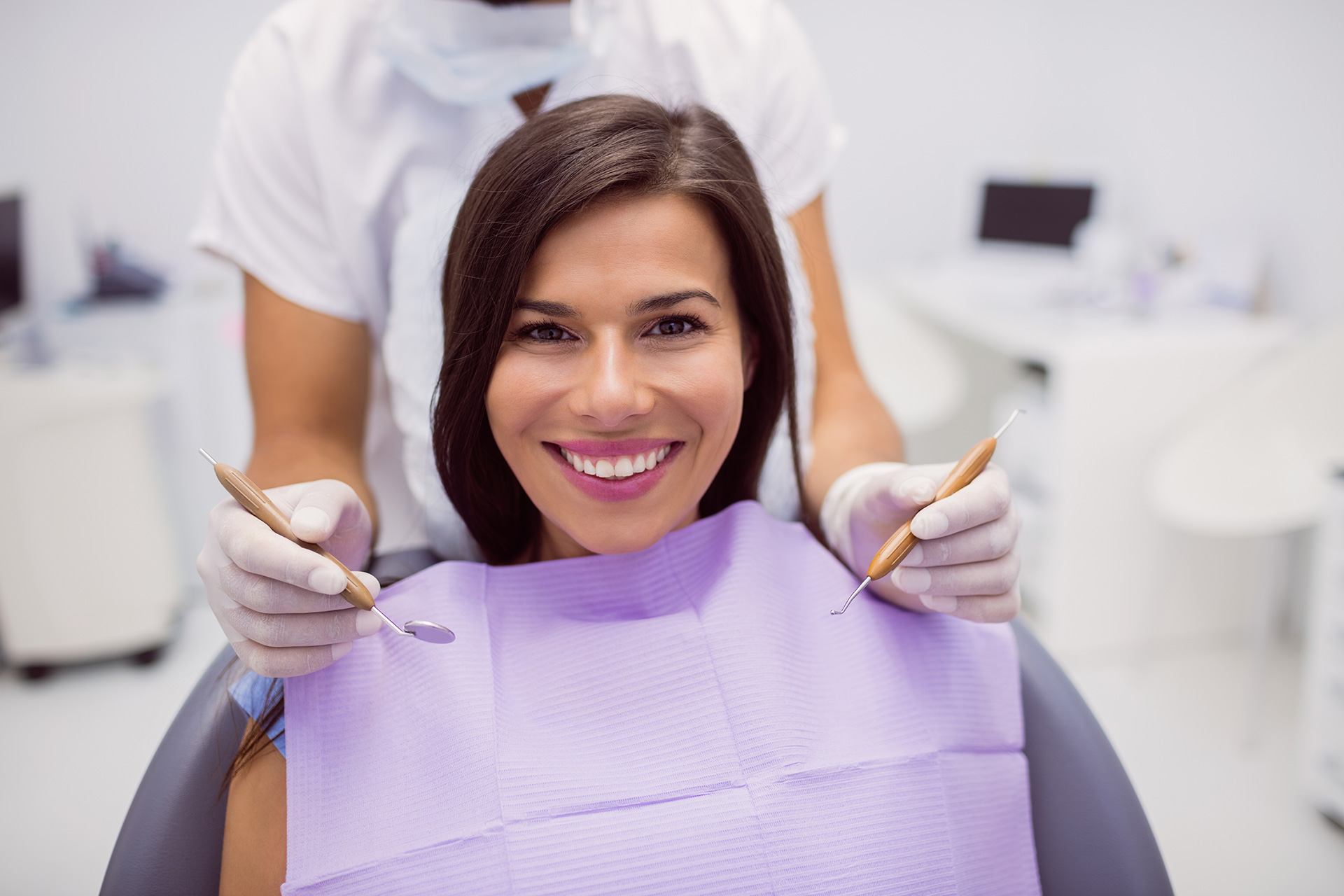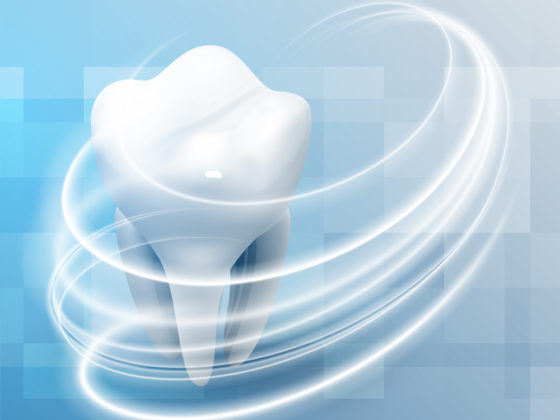WHAT IS THE BEST BIOMATERIAL FOR BONE GRAFTS: AUTOGENOUS, ALLOGRAFT OR XENOGRAFT BONE?
KANATA IMPLANTS CARLETON PLACE
Autogenous bone is an excellent bone graft in most scenarios, with high success and rates. However, its use presents greater surgical complexity and longer recovery time, as it creates two surgical sites: the donor site and the recipient site.
For this reason, we predominantly use allograft bone from a tissue bank, which provides highly effective results with success rates just as good as autogenous bone.
Synthetic grafting materials, as well as bovine xenograft, are generally indicated for grafting the maxillary sinus in sinus lift procedures.
WHICH GRAFT CAN BE USED IN SMALL DEFECTS AND WHICH IN LARGE ONES?
KANATA IMPLANTS CARLETON PLACE
In most cases, granular allograft is used for small defects. This constitutes the majority of cases seen in the dental office. In maxillary sinus surgeries, the use of xenograft is more common. In cases of major defects, it is necessary to use bone blocks that are also sourced from a tissue bank.
HOW MUCH DOES A BONE GRAFT COST? IS IT POSSIBLE TO ESTIMATE THE PRICE AND COST OF MATERIALS?
It is not possible to estimate treatment costs without conducting an accurate clinical examination, in which complementary tests such as computed tomography, panoramic radiography, and examinations of the patient’s oral and general health are conducted.
CAN I DO MY BONE GRAFT TREATMENT WITH SEDATION?
Simpler cases, which constitute 95% of cases, can be performed in the office, but more complex cases sometimes require sedation or general anesthesia. Almost all treatments can be performed under sedation, if desired, but the majority of the time this is completely unnecessary. In our practice, we have found that nitrous oxide can be an effective way to provide calm and comfort to the patient, but its use is also very rare. Local anesthetic is usually all that is needed to provide a completely comfortable and pain-free experience.
WHAT IS THE TREATMENT SEQUENCE FOR BONE GRAFTING? WILL I BE WITHOUT THE TOOTH FOR LONG?
Grafting is usually performed in conjunction with the removal of a tooth – treatment steps:
- Digital Radiographs (computed tomography and panoramic) and treatment planning
- Removal of the compromised tooth and grafting of the site – this is followed by a waiting period for the region to heal and densify for at least 4 months. The use of a provisional prosthesis is common for cases involving the removal of a front tooth. Sometimes the implant can be placed in the same surgical procedure.
- Implant Placement – this typically takes place 4-6 months after tooth removal and graft placement.
- Prosthesis/Crown Insert: inserted 3-4 months after implant placement.
I HAVE BEEN TOLD BY MY DENTIST THAT I NEED A MAXILLARY SINUS LIFT PROCEDURE PERFORMED TO PLACE AN IMPLANT IN MY UPPER JAW REPLACING A MISSING TOOTH. WHAT ARE THE RISKS? HOW WILL I FEEL POSTOPERATIVELY?
Maxillary sinus lift surgery is not only a safe procedure, it is also a very simple, routine and fast-healing one. This usually comes as a surprise to most people when they hear the words ‘sinus lift’! Depending on how low the sinus floor is descended towards the roots of the upper teeth, the patient will have a certain height of bone available to place a standard implant. Sometimes shorter implants can be placed. Other times, the only option is to perform a sinus lift in conjunction with the implant placement. One of the few down sides to sinus lifting is perforation of the very thin membrane of the maxillary sinus. It is rare that this happens. The beauty of this tissue is that it heals extremely fast, so even if a tear occurs, the procedure can be attempted again after a short period of time. The postoperative period is usually very short, and in the majority of cases there is little to no pain or swelling.
If it is well indicated, then it should be done, as it is the best way to obtain rehabilitation of the posterior area of the maxilla (upper jaw.) If you have any questions about grafts or dental implants, contact us through one of the channels below or schedule an appointment!
See you at the next article!
Thanks for reading today. We hope you liked this article. Remember that if you have questions or suggestions you can let us know from our contact form on the home page.
Marchwood Dental Clinic specializes in implants and aesthetic treatments, focusing on the oral and dental health of patients in Kanata, Dunrobin, Carp, Carleton Place, Almonte and all of West Ottawa. We offer many treatment options and alternatives with cutting-edge technology to guarantee the quality of our service.
Contact us and schedule your appointment at Marchwood Dental Clinic serving Kanata, Dunrobin, Carp, Carleton Place, Almonte and all of West Ottawa today. Follow us on Facebook and Instagram for more information.
BEST IMPLANTS KANATA PARTIAL DENTURE OR DENTAL PROSTHESES
Do you know how to choose the best Carleton Place implants, PARTIAL DENTURE OR DENTAL PROSTHESES in Kanata? Not everyone is concerned with researching before opting for the best dental professional or clinic responsible for the health of their teeth. However, know that it is important to analyze in detail who will do your dental treatments.
Carleton Place implants: Best dental professionals for dental PARTIAL DENTURE OR DENTAL PROSTHESES Almonte
HOW TO CHOOSE THE IDEAL PARTIAL DENTURE OR DENTAL PROSTHESES? Kanata: UNDERSTAND WHAT ARE THE CRITERIA TO DECIDE WITH WHICH PROFESSIONAL TO START TREATMENT



